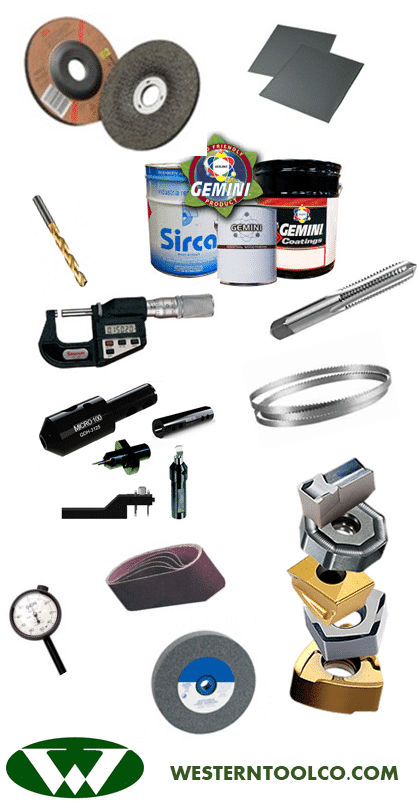In dropped object prevention, the “3T’s” are used to categorize the active engineering controls one can easily implement to prevent falling objects on the job. So let’s take a closer look.
Trapping is a term used to describe the installation of retrofit attachment points on tools and primary anchoring locations — because the majority of tools don’t come with them built in. These retrofit attachments can adaptively be applied or “trapped” onto these tools and equipment prior to use.
Anchor attachments should be installed onto locations that are secure and are never intended for heavier tools if applied to the individual. Tool attachments come in a variety of designs based on the tools they are intended for and are available in in one or two step applications.
One-Step Tool Attachments
Straightforward “traps” that install with a focused application and are typically intended for more specific tools like: Slips that slide onto screw drivers and hex keys; brackets and wraps that fit specific power tools or tape measures; and sleeves that house cell phones are some examples.
Two-Step Attachments
Involve two separate solutions combined into one attachment. “Tool Tails” are applied onto a tool and then “trapped” by a tape or shrink to secure them.
Tethering is the retention of the tools and equipment being used to
the anchor points that hold them. This is often achieved through the use
of a tool lanyard. These lanyards should have the proper connections on
each end for the tools and anchors being used. They should also be made
with a shock absorbing design whenever possible.
As tool tethering has evolved, a variety of tool lanyard styles have surfaced.
But most fall into five basic categories:
Wrist Lanyards
Coil Lanyards
Retractable Lanyards
Traditional Lanyards
Specialty Lanyards
The 3rd T, “Topping”, consists of the containers workers use to bring tools and equipment to and from heights.
Tool pouches and bags are typically carried on individuals to keep their contents at hand while working. These often remain stationary.
Hoist buckets and bags are transferred by a different means, typically lifting them in a portable fashion to and from heights.
These containers, regardless of type or mode of transportation, should
have a secure closure or “top” that can cover contents and prevent them
from spilling if tipped.
All containers may have tethering points available to attach tool
lanyards, but if a container does not have a secure closure it must have
these tethering points available.
TESTING, TAGGING AND SAFETY FACTORS
Safety factors are built into all quality safety equipment. This is
especially important when considering the high potential for misuse —
folks loading up buckets and bags past their stated capacity, for
instance. Ergodyne’s tool lanyards are drop tested with a 2:1 safety
factor [e.g. a 10lb (4.5kg) tool lanyard is tested to 20lbs (9.0kg].
Containers are statically tested to a 5:1 safety factor [e.g. 150lb
(68kg) bucket is tested to 750lbs (340kg)].
This article brought to you by: Ergodyne




